Introduction Of How To Become A CEO Of A Software Company And Earn $1 Million With Insurance How Is Possible
How To Become A CEO Of A Software Company And Earn $1 Million With Insurance How Is Possible. The groundwork for this case study is a policy on a 49-year-old female. Where the couple would like to dedicate 1 million that’s a lump sum of money. They have in cash right now to move it into a high cash value life insurance policy. In that particular case, we want to show several options. What we’re going to show is what it looks like. If we fund the policy with exactly what you’re looking for the one million dollars.
A million is too high or not high enough can add a zero and take a zero off everything’s relative. If the policy is set up properly but what going to look at is exactly what they want to see the one million going in and then a what-if scenario what does it look like if you get the one million in.
Cash value product
You continue to fund it beginning the fifth year or from the fifth year onward so we touched on the different products we had run for him which were with mass mutual a 10 pay a 15 pay and also a high early cash value product 10 pay option is great to maximmaximiseinternal rate of return the disadvantage is in a lack of flexibility.
Just with the design limitations uh that’s available with the 10 pay compared to the 15 pay and the higher the cash value. The 15 pay product has a little bit weaker internal rate of return when compared to the 10 pay but it does provide more flexibility.
Where you can bounce payments up and down each year in addition to that you can fund it for a maximum of 15 years for the 10 pay only 10 years and then the high early cash value product which is great for upfront cash value, especially considering that he is interested in using this for real estate.
Fund a policy at 250 000 per year
So it’s good to show as an option very analytical couple they want to see everything that’s available and a nice option to this product as well as if they want to continue to pay into the policy without changing that design at all from the get-go they can do so.
We can fund a policy at 250 000 per year for four years and then keep going for 15 years and then keep going for 30 years if we wanted to and we can keep the same design from day one meaning I can plan to fund it for four years maybe I plan to support supporter 30 years then I can adjust as time passes so that’s a nice option.
If you’re in the boat of saying hey I want the ability to go with a 1090 split design minimum premium and I want to be able to pay as much money into the policy for as long as possible you can do it with that product without a mac granted the design is constructed properly then also the guardian product option.
Different periods
What we’re going to look at is an option a 250 000 per year for four years total of one million dollars going into the product exactly what he wants to see option b 250 for four years is the 1 million he wants to get in followed by 50 000 per year thereafter.
You’ll see it for different periods depending on the product the 10 pay, for example, we’re going to do it through the 10th year after that we can’t pay anything else in 15 pay the 15th year then also what’s it looks like if you’re paying 250k for four years. You Can Also Read How You Become A Mastering The Game of Business In Insurance Law.
You asked can I keep paying in 250k per year the answer is yes but it will limit your product choices so let’s have some fun we’re going to cover a lot of material here so beginning with a side-by-side comparison sheet here’s what we started with and remember he asked to see a lot of internal rates of return.
General comparison sheet
He wanted to see the annual internal rate of return and average internal rate of return both on cash value and then also we ran the average internal rate of return on death benefit so that’s a lot of different girls on the general comparison sheet so as we look at here when I say him I primarily spoken with the husband.
We ran the options on his wife’s mass mutual 10 pay and 15 pay these two options deliver the strongest internal rates of return when we compare them to the higher cash value that’s why I put them on the general comparison sheet and the first general comparison sheet assumes the 1 million going in.
What is highlighted in yellow represents his break-even point so for instance if we look at the 10-pay policy what do we notice here 250 000 goes in the first year you’ve got 222 just about 223. no matter how we spend that the first year I paid 250 000.
A Death benefit
A death benefit of three and a quarter million which gives me a 250 000 mech limit but I have a negative 10 almost negative 11 internal rate of return and this is the average internal rate of return we have here we do not have the annual is on this spreadsheet year two.
I pay in 250 how much does it grow by do I get that 250 back no if I did it would grow from 222 to 472 I get the full 250 back but in this case I see it grow from 222 to 463 so I got less than what I paid back into the policy this is due to the insurance expenses being heaviest in the first year.
I still am affected by them negatively in year two once I start to hit year three what do you notice paying 250 grows from 463 to 723 I get my 250 back and a little bit more on top of it so the compounding has begun getting better and better each year by year four you’ve paid in a total of a million.
Average internal rate
You’re just about there and when looking at the average internal rate of return that’ll be in the red when you have less money and cash value than what you’ve paid in you’re in the black and the positive when you’ve got more money in cash value.
Then what you’ve paid in for example I paid in 1 million total paying nothing in beginning year 5. I’ve got one million forty thousand approximately so about a one per cent average internal rate of return then I just let it sit and grow gets better and better as the years pass.
So the 10 pay product was the advantage of this policy. So let’s touch on the design here specifically what I mean when I say a lack of flexibility daisy so here we go here’s the 10 pay design whole life 10 pay policy with mass mutual.
Mass mutual as a company
Where is the money going if I’m you Mr or Mrs client with the knowledge I have in my head concerning cash value life insurance and this was my policy here’s what I want to know this is mass mutual as a company wherever I set that total payment.
They will not allow the base premium to be less than 10 I can run that on an illustration but when I run the full illustration or submit it to the home office you’ll get a warning in the software and on the illustration that states the total payment exceeds more than 10x the base premium.
And will not be approved for sale so with that in mind what that tells me is that’s as low as I can go with the base premium here’s your base premium of twenty-five thousand 000 with the 10-pay product and credits of about 30.
Renewable term insurance
A little bit more of that premium to cash value in the nice first year helps with the upfront equity and lessens the upfront hit which is the part that no one likes about whole life insurance we’ve got this term insurance rider for 2.5 million dollars it reads renewable term insurance rider however with mass mutual.
That is a level term rider for the first 10 years meaning it does not increase you can see that here too where we fund it for four years then our out-of-pocket is zero thereafter annual surrender what this represents this 29 500 is the base premium that’s due but I’m not paying it.
Then in addition to that the 4 500 add those two together we’ve got the 29.5 so that’s the total call it insurance expense that is due but I’m not paying why it reads surrender is the policy is surrendering a percentage of its dividends and guaranteed interest to first pay the premium and then everything else is kicked back into cash value so in this example.


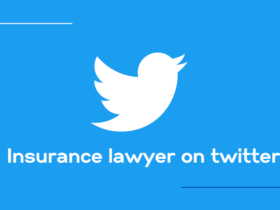
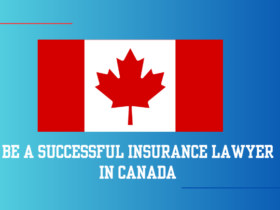


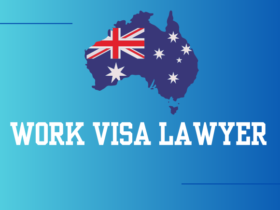
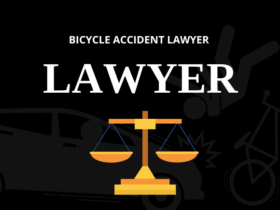
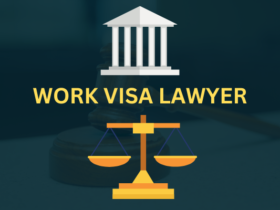



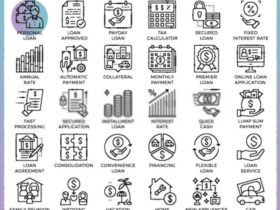











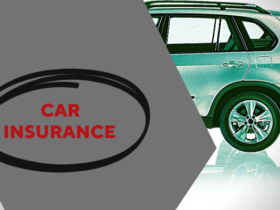
Leave a Reply